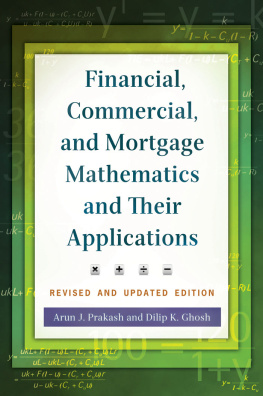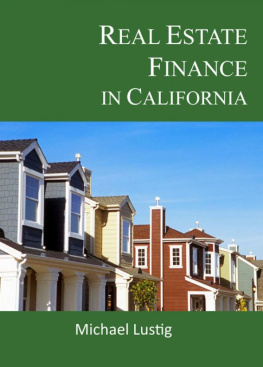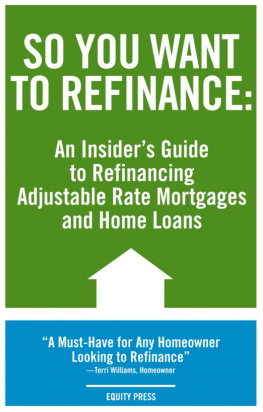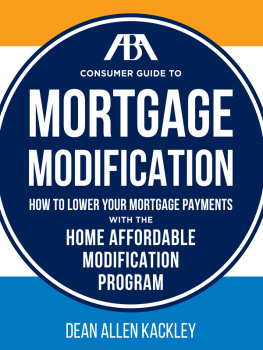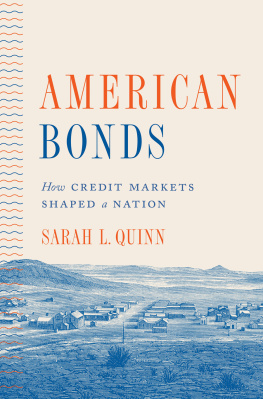M y former adviser, Jennifer Mittelstadt, has been an incomparable help in turning this project from a few inchoate ideas into something in which I hope she can take some small measure of pride. I was always impressed by her thoughtful advice and close attention, which went above and beyond the call of duty. I likewise appreciate the help of David Greenberg, T. J. Jackson Lears, and Eugene White, all of whom enriched my time and my work at Rutgers University. I am grateful as well to the many other professors in both the History and the Economic Departments at Rutgers, who enlivened what is often a solitary enterprise.
The Mellon Foundation provided generous support in both the early and the later periods of my work. The Herbert Hoover Presidential Library and the Roosevelt Institute and Presidential Library provided me with funds and time for research, which enhanced the final product. Brian Balogh and the Miller Center at the University of Virginia provided me with a lovely academic home for two years to work on the project.
My later colleagues at the Department of Economics at West Virginia University, especially Joshua Hall and Eric Olsen, offered new ideas and insights. Likewise, my current colleagues at the Cicero Institute, especially Joe Lonsdale and Clay Spence, have helped keep my historical research grounded in the contemporary world. The editors at Columbia University Press, including Bridget Flannery-McCoy and Stephen Wesley, and the editors of the Histories of Capitalism series, including Louis Hyman and Julia Ott, have worked to improve the manuscript from the moment it landed in their inboxes.
The many archivists at numerous libraries deserve more time and credit than I can provide here. Without their support, this project would have been greatly diminished, perhaps to the point of nonexistence.
Thanks is also due to the Business History Review for allowing some selections of to appear in the article The Riefler-Keynes Doctrine and Federal Reserve Policy in the Great Depression, 51, no. 2 (April 2019): 297327. Both of these articles, however, contain substantially different material and have different focuses than the text here.
My parents have always been understanding of my rather atypical career path and my winding way along it. I hope the completion of this book helps justify some of their faith in me.
Most of all, I thank my wife, Sophia, for putting up with my years of archival absences, solitary study, and, inevitably, discussions about mortgage finance. My debt to her can never be cleared. As a meager down payment, I dedicate this work to her.
T he Air Bank (Bankers in Air its banknotes unpropitiously said) opened its doors in 1769 in the Scottish parish of the same name. After the panic, banking fell into disrepute.
One man who witnessed this collapse divined a moral in it, a moral he thought would allow people to distinguish between good banks and bad banks. The absent-minded bachelor Adam Smith had once been a tutor to the young duke of Buccleuch and had sailed with him to Europe. While in France he had met some of the continents earliest economists, the Physiocrats, who believed that land was the source of all wealth and who spurred Smiths interest in economic philosophy. After his return to Scotland and the failure of his benefactors bank, however, Smith attacked the very landed conception on which the bank was founded. His friend the philosopher David Hume knew Smith was working on a new book on economics at the time of the panic, and he wrote to him asking if these events any-wise affect your theory? Or will [they] occasion the revisal of any chapters? They would.
In An Inquiry Into the Nature and Causes of the Wealth of Nations (1776), written while Smith was still on the dukes annuity, Smith conceded that the Air Banks design was generous and that it was instituted for public spirited purposes. Yet he thought that the bank had a major defect. Its loans were based on improvements [for] which the returns are the most slow and distant, such as the improvements of land. To promote such improvements was even said to be the chief of the public spirited purposes for which it was instituted.
Smith argued that banks could not support long-term mortgages because of the way that banks were funded. Most of a banks funds came from gold and silver coins temporarily deposited at the bank by customers. In exchange for these coins, bank customers then received notes from the bank, which they or anyone else who acquired the notes could bring back to the bank counter at any time. In a panic, all of these noteholders could flood the bank with demands for coins that usually were being loaned out to others. Smith said that if bank loans were based on short-term real bills, the loaned money would come back before the flood of notes had reached full tide, and the bank would be safe. If those loans were on long-term mortgages or other slow debts, however, the bank would be unable to satisfy its noteholders and would go underwater.
Although Smith did not use the modern term liquidity, he offered a liquid metaphor for what he considered proper banking. He said, The coffers of the bank, so far as its dealings are confined to such customers, resemble a water pond, from which, though a stream is continually running out, yet another is continually running in, fully equal to that which runs out. The goal, in Smiths conception, was to keep both banks notes and loans flowing like water, to make both the money emitted by the banks and the loans of the bank liquid, or capable of being quickly transformed into cold, hard cash.
Nothing was less liquid, both financially and metaphysically, than land.
In time, Smiths theory that banks should limit themselves to only short-term commercial lending would be known as the real-bills doctrine and would define the practice, laws, and regulations of modern banking. It eventually became a ubiquitous refrain among bankers that the very first duty of banking was to distinguish between a mortgage and a [real] bill and to loan only on the latter. Banking in a sense was defined by its avoidance of mortgages. Yet where did this doctrine leave those whose wealth was tied up in their land and who now had no way to transform that land into money?
Although the idea of a land bank, a bank explicitly made to loan on mortgages, is often relegated to the status of a historical oddity touted by eccentrics, the idea exerted a powerful pull over the Western imagination for centuries. In its earliest years, land banks promised an alternative to the commercial banks that became the norm of Western finance. Although historians have occasionally noted the ideas appearance in certain periods, they have ignored how and why it became a recurring dream in agricultural circles for generations. In fact, as Adam Smiths story shows, regular banking and land banking evolved in tandem and influenced each other throughout their respective histories. The evolution of the land bank idea and of its contrast, the modern commercial bank, was the result of an ongoing transatlantic conversation on the nature of banking, the nature of mortgages, and the nature of government.
The driving motivation for land bank believers was the seeming inequity between an urban world awash in finance and a rural world excluded from it. The land bank was not yet conceived as an exercise in overall economic balance but rather as the landholders attempt to achieve financial equality with the rest of a growing economy. Yet the problems Smith identified continued to bedevil land bank promoters. There remained the insoluble dilemma of making long-term loans on hunks of immovable land when banks could lose their deposits at a moments notice. Fitting land and mortgages into banks would be a circle difficult, maybe impossible, to square.


